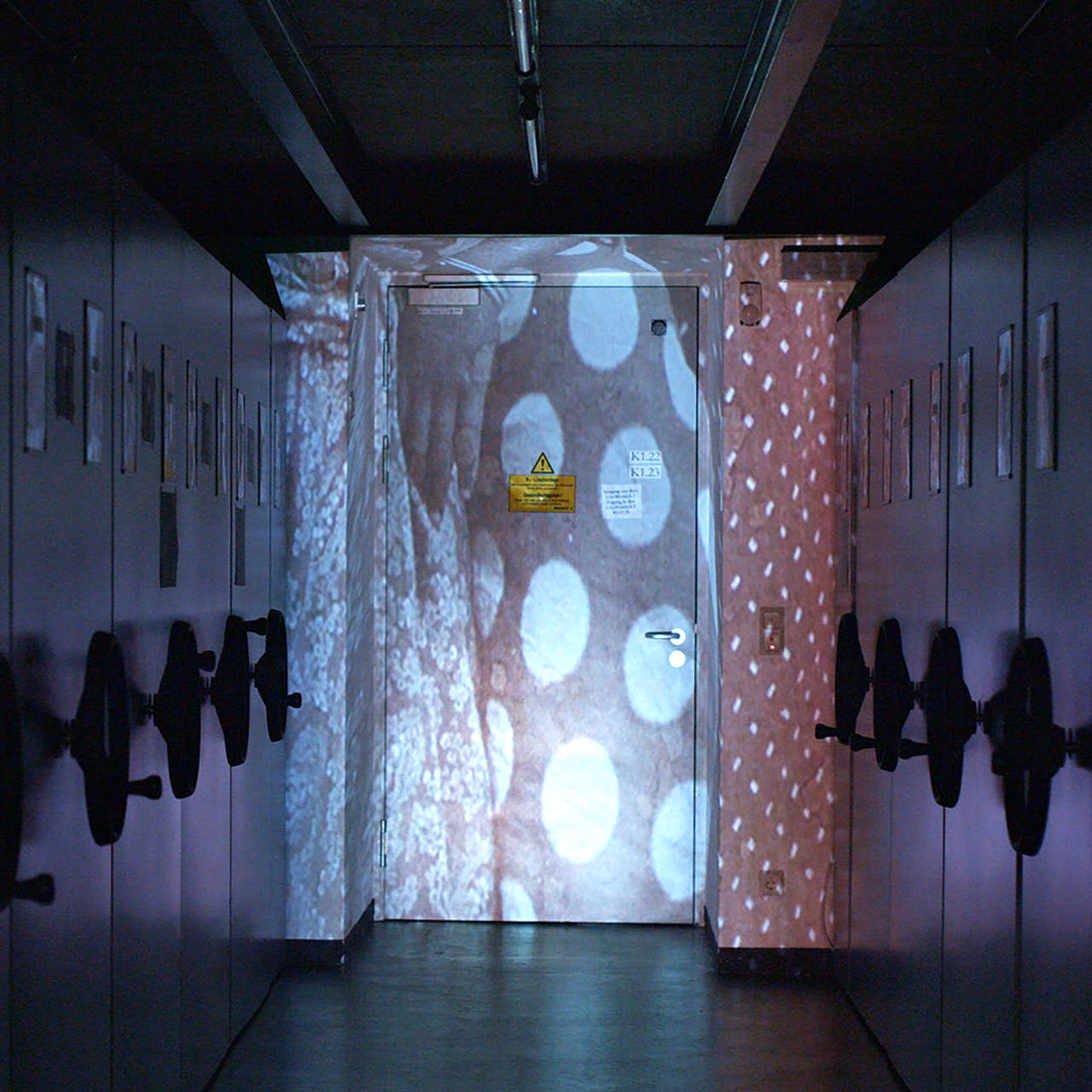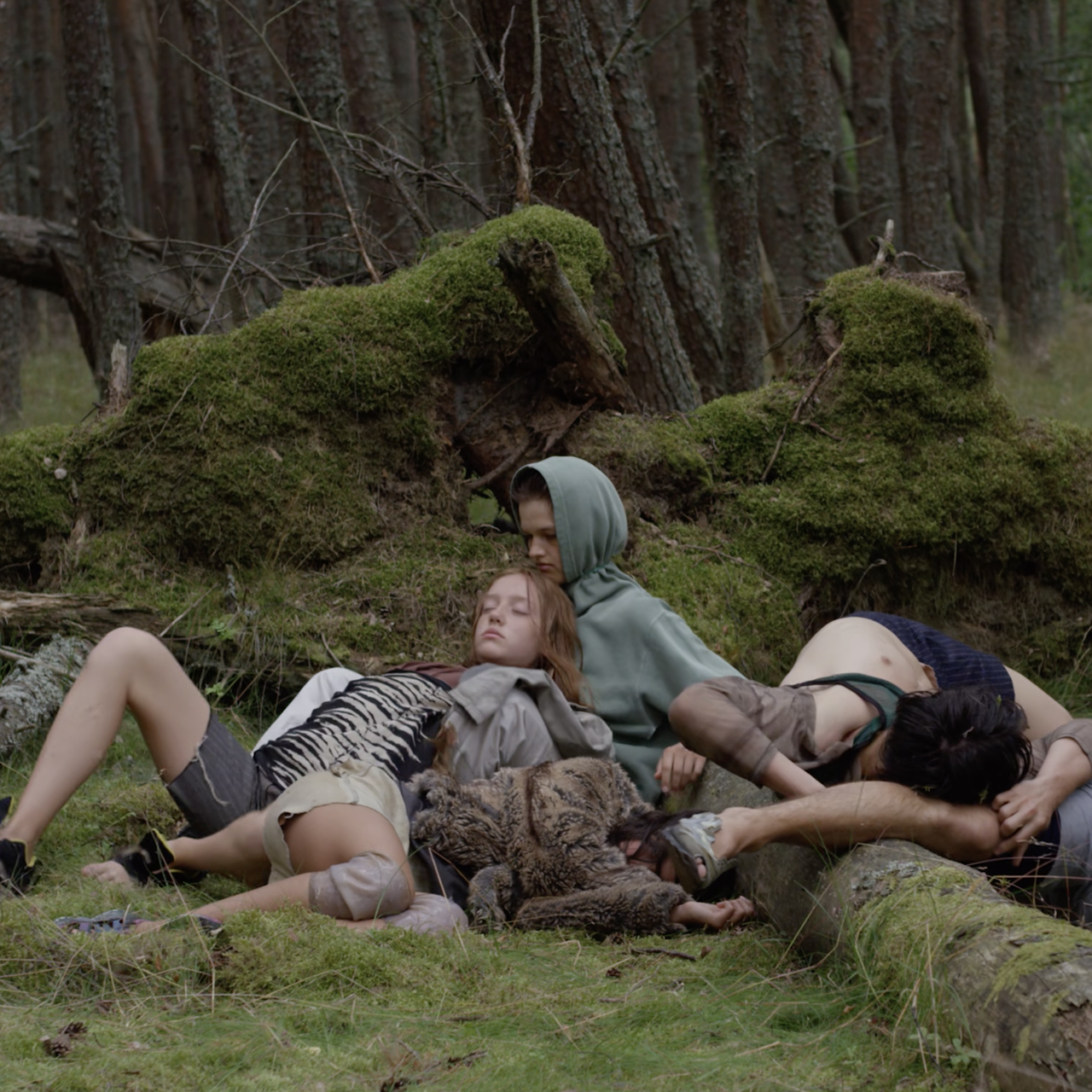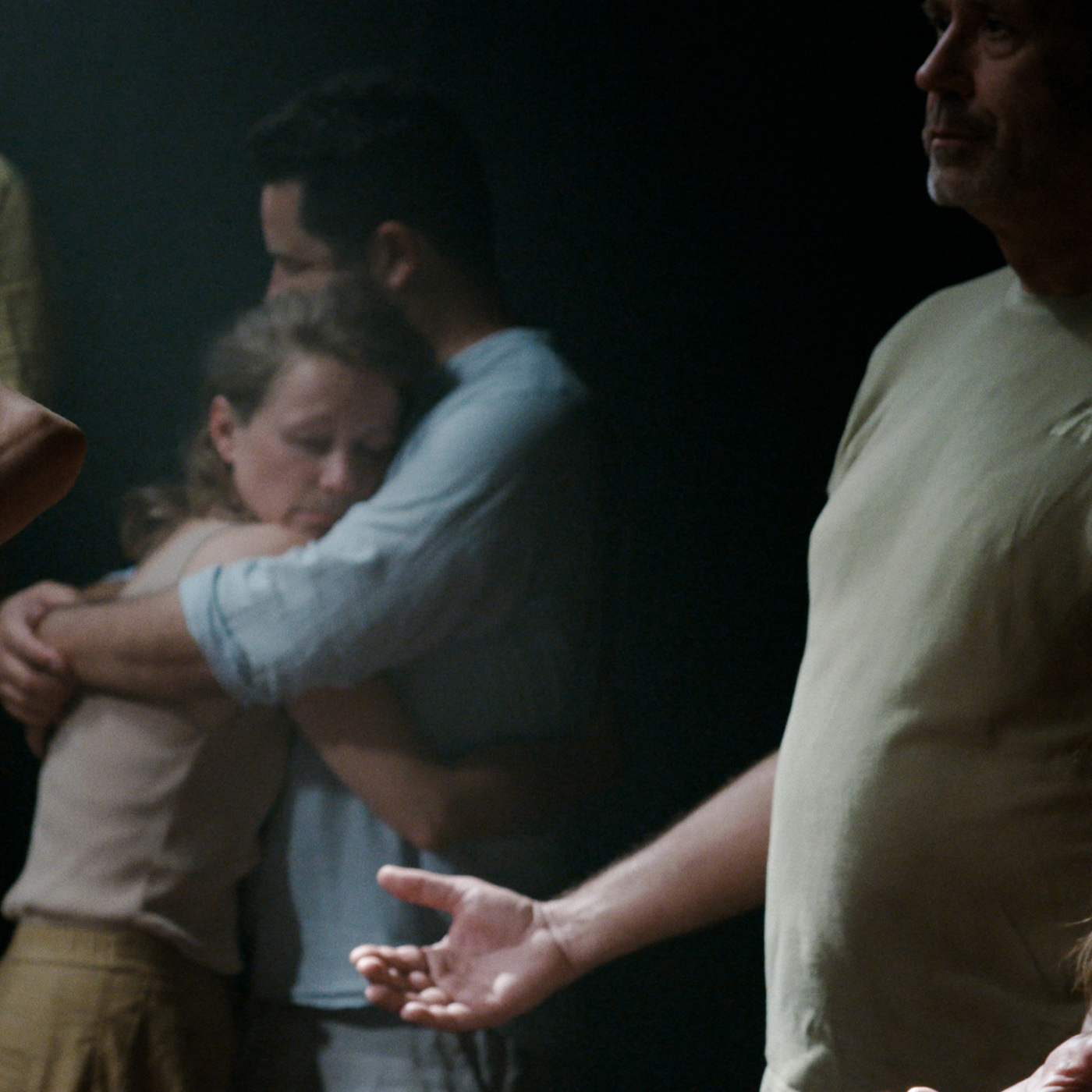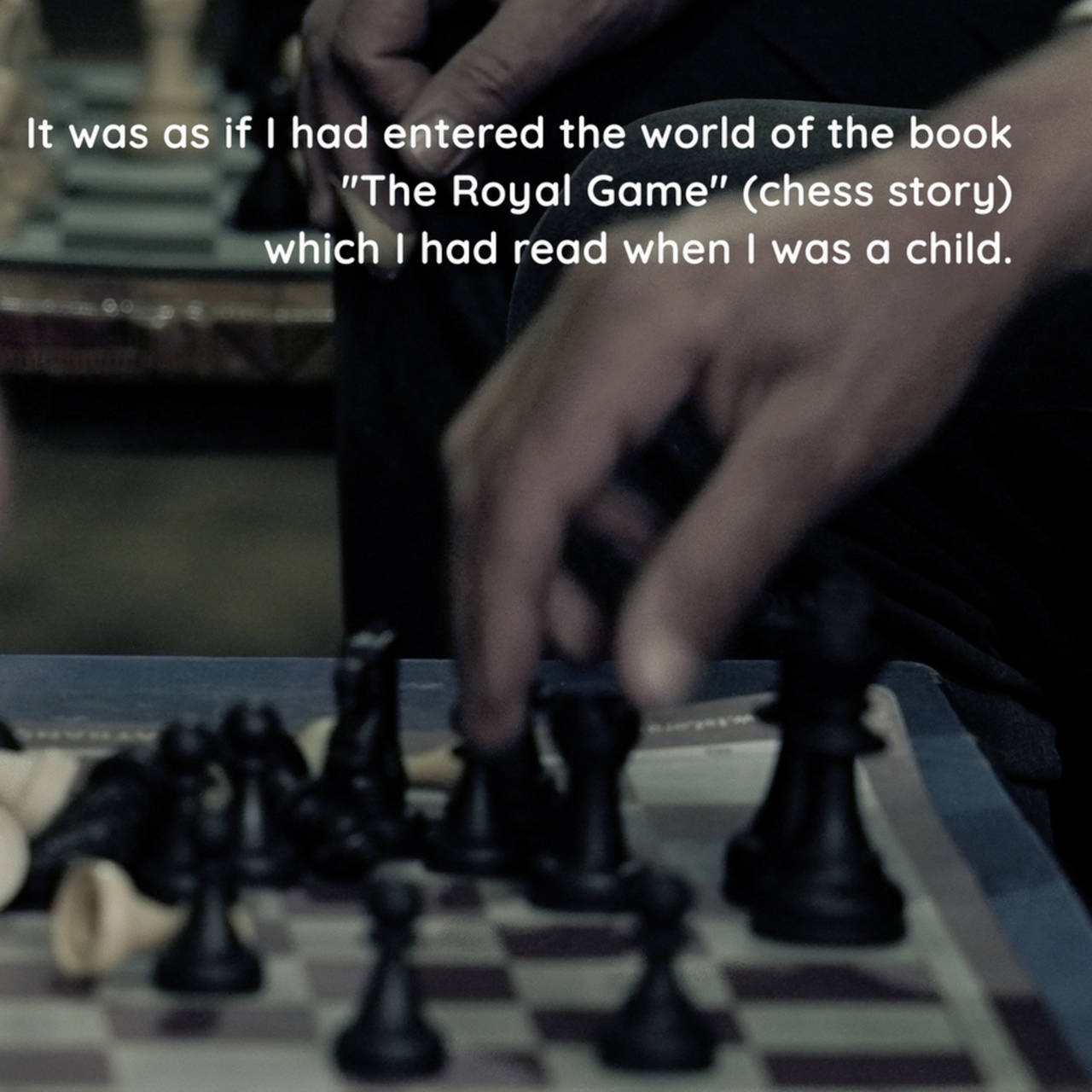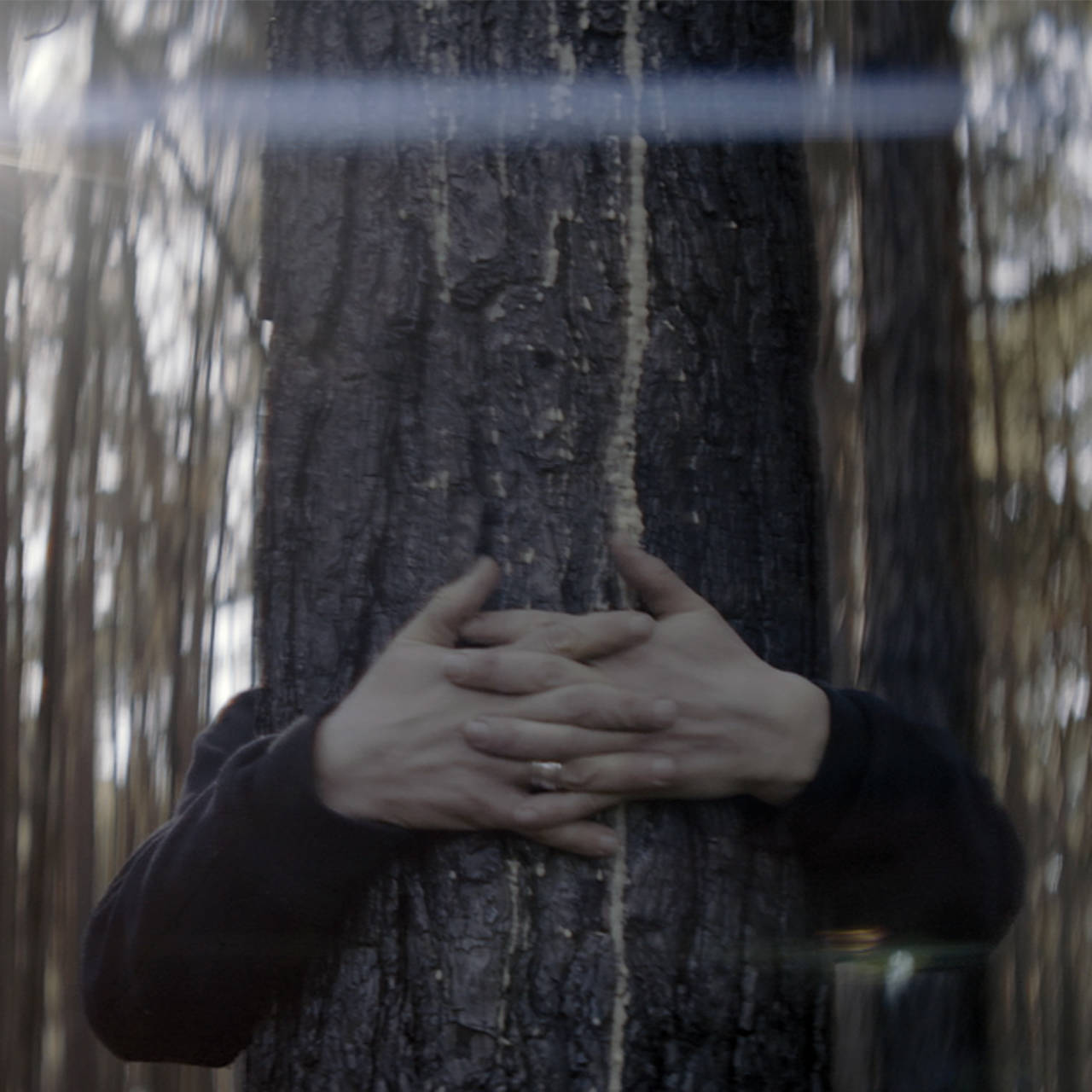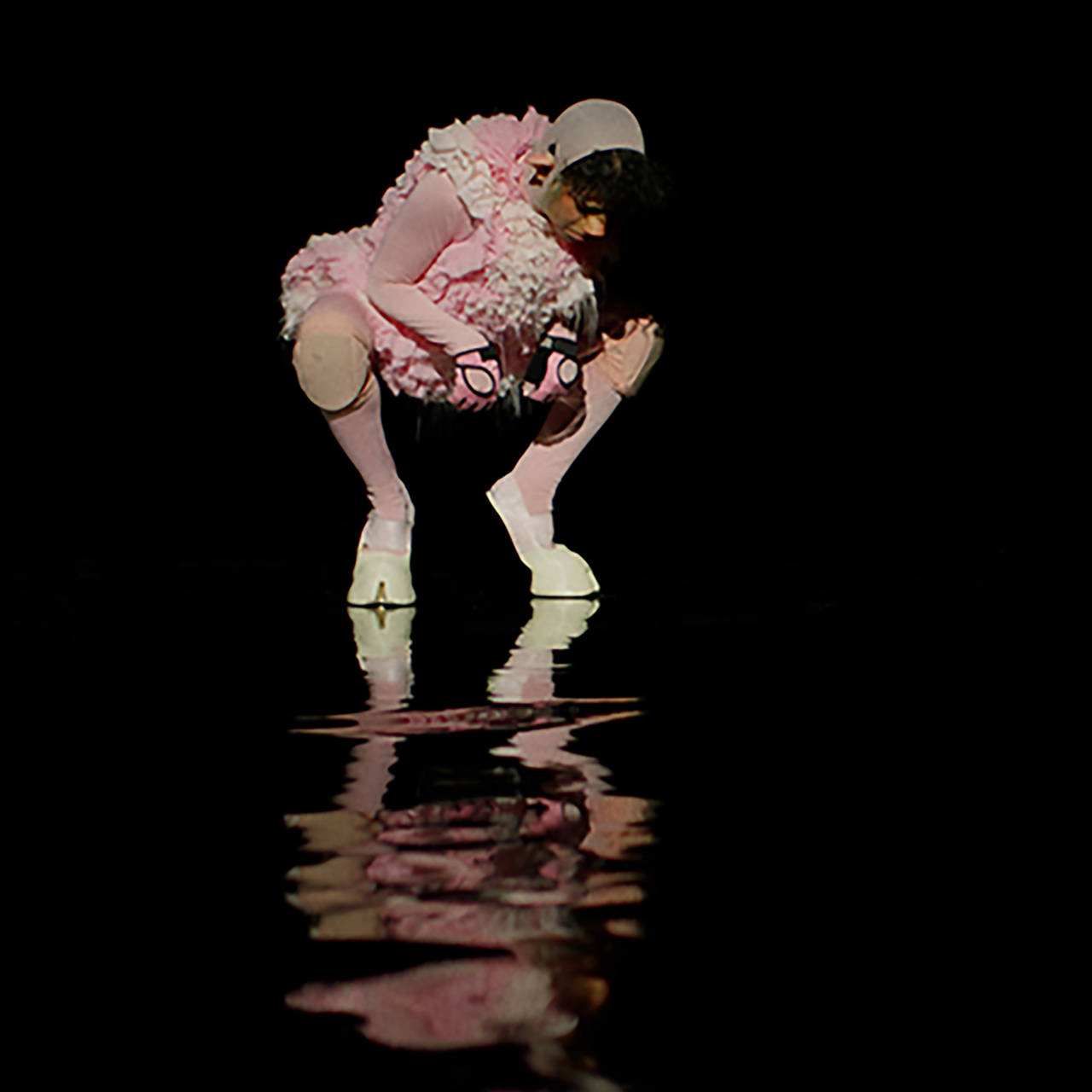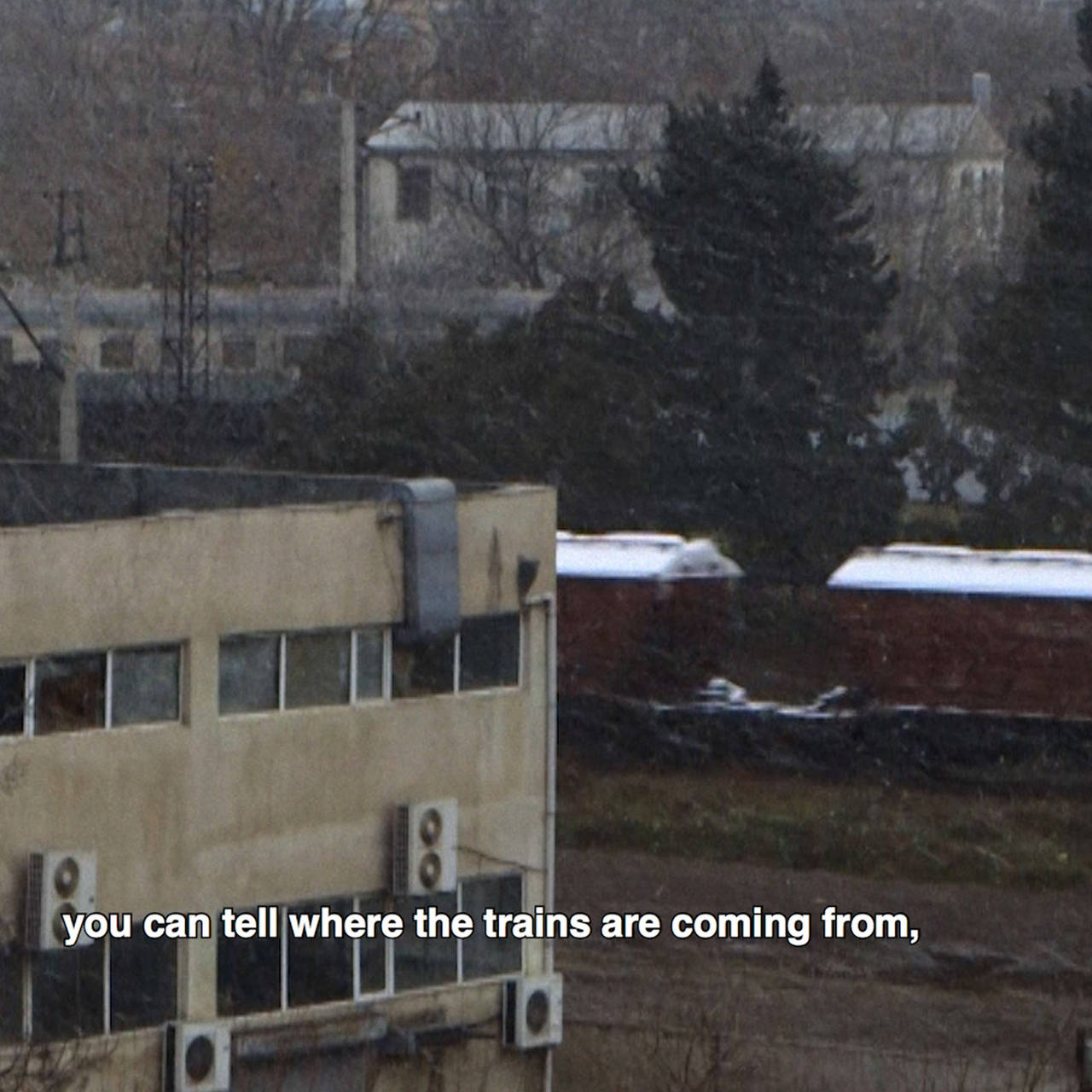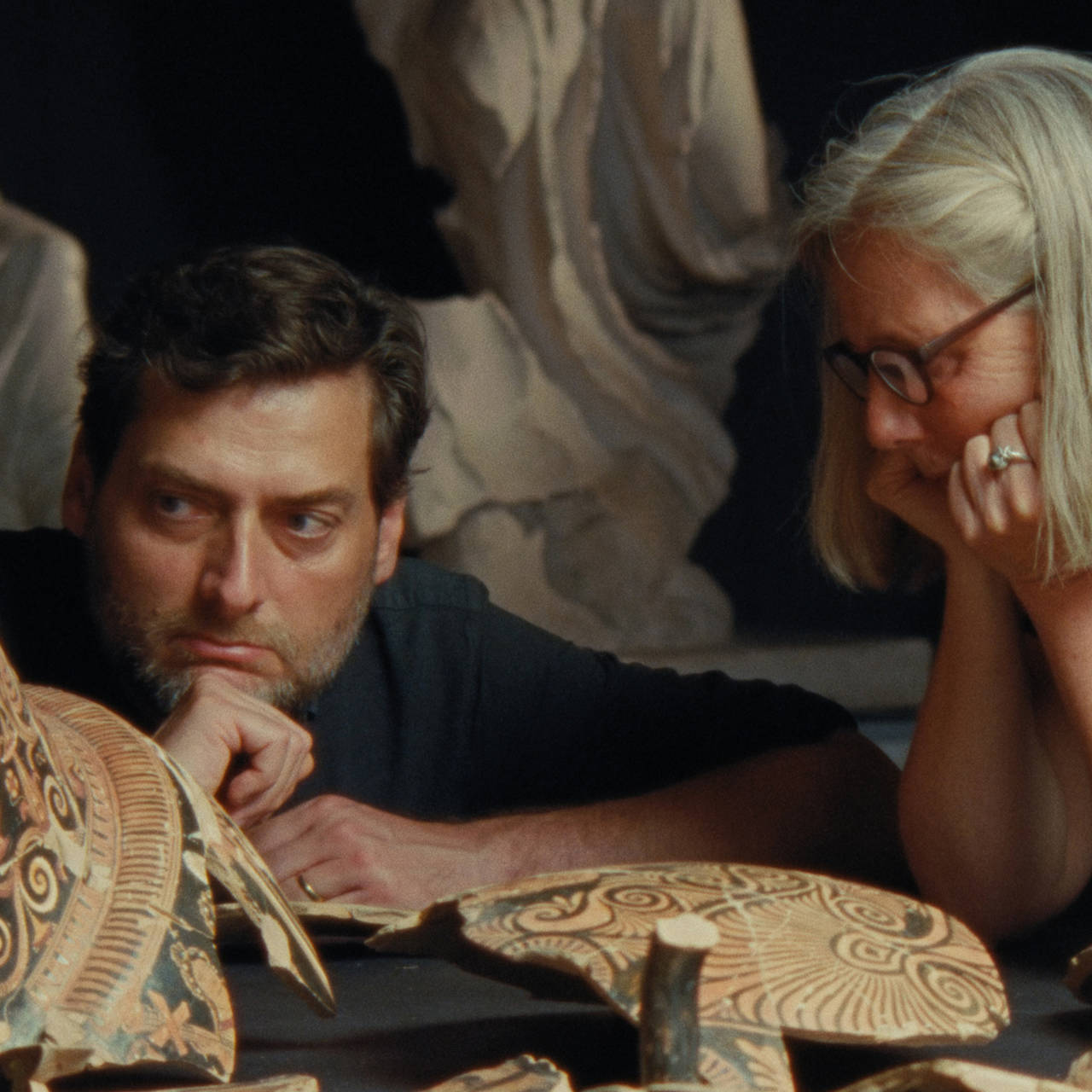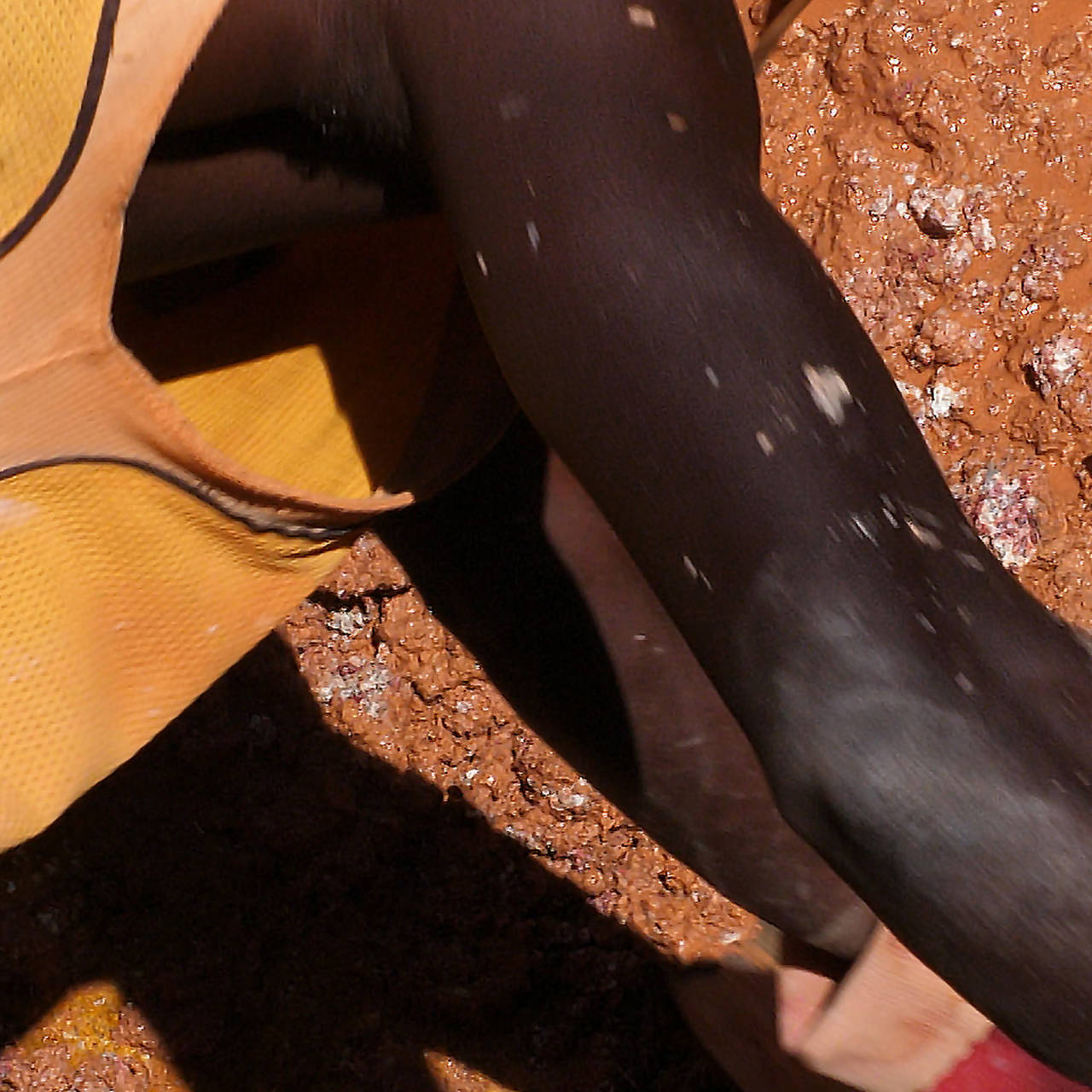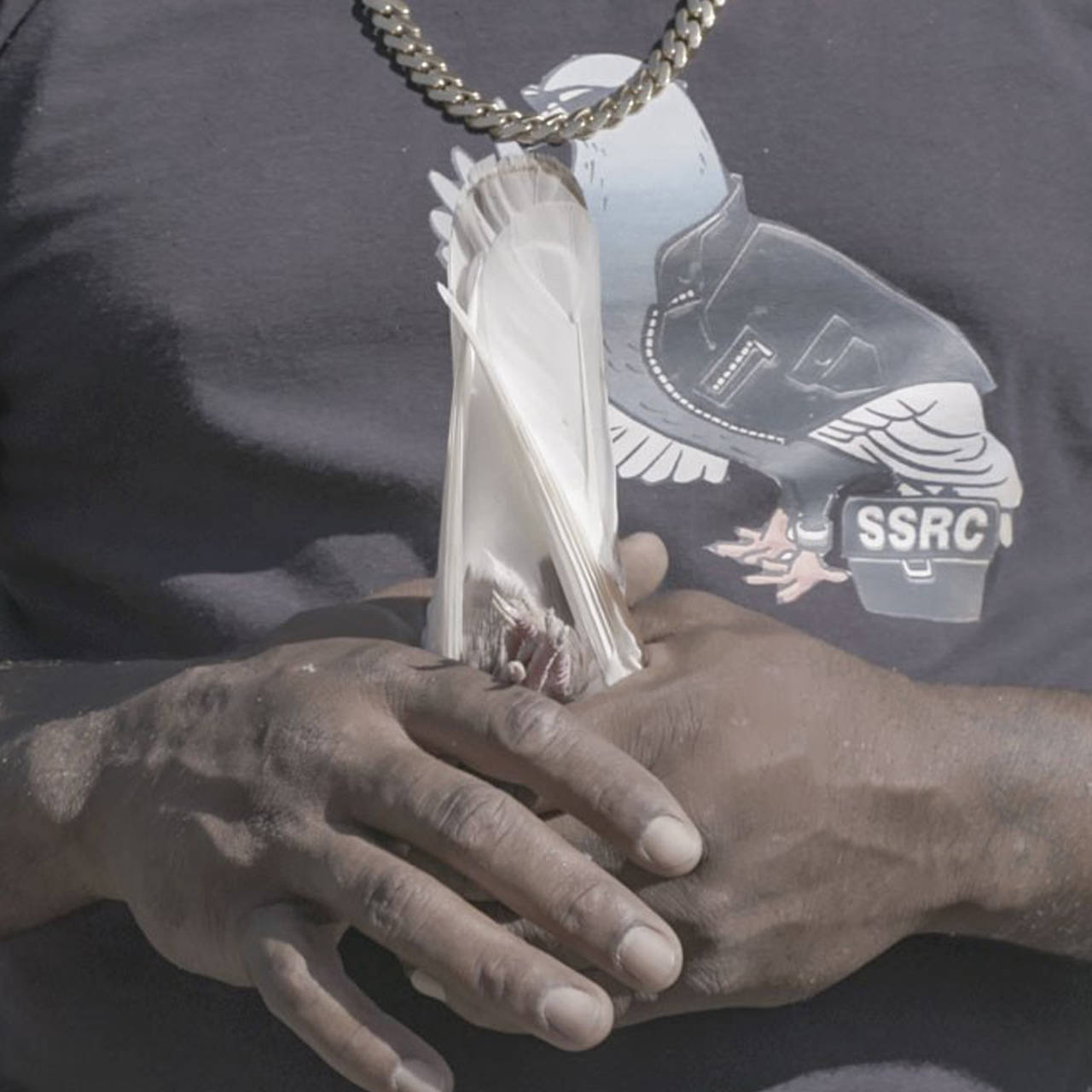For all movie geeks and those who would like to become one: Film highlights from eight years of DOUBLE FEATURE at the SCHIRN.
Who still remembers the Double Feature? We do, of course! For eight years now, international video artists have been presenting their works at the SCHIRN, always followed by another film of their choice. For all of you who miss these film nights as much as we do, here is a special film list: our highlights of the films that have been previously selected by our Double Feature artists.
1. Paris is burning (Jennie Livingston, 1990)
Before “vogueing” and drag queen casting shows ran in the regular Netflix program, Jennie Livingston was the first director to give a larger audience insights of the “ball culture” of the LGBTQI+-subculture scene and its largely Afro- and Latin American protagonists in New York of the 1980s with her documentary film “Paris is Burning”. Livingston first chanced upon the New York ball scene while studying in New York; between 1987 and 1989 she repeatedly filmed at such events and conducted numerous interviews with the protagonists. “Paris is Burning” conveys both an insight into New York’s buzzing and highly vibrant ball culture, while simultaneously letting its representatives air their views, and the former gave painfully honest accounts of their traumatic experiences of transphobia, misogyny, racism, discrimination, violence and exclusion that sometimes even extended to close members of the victims’ family.
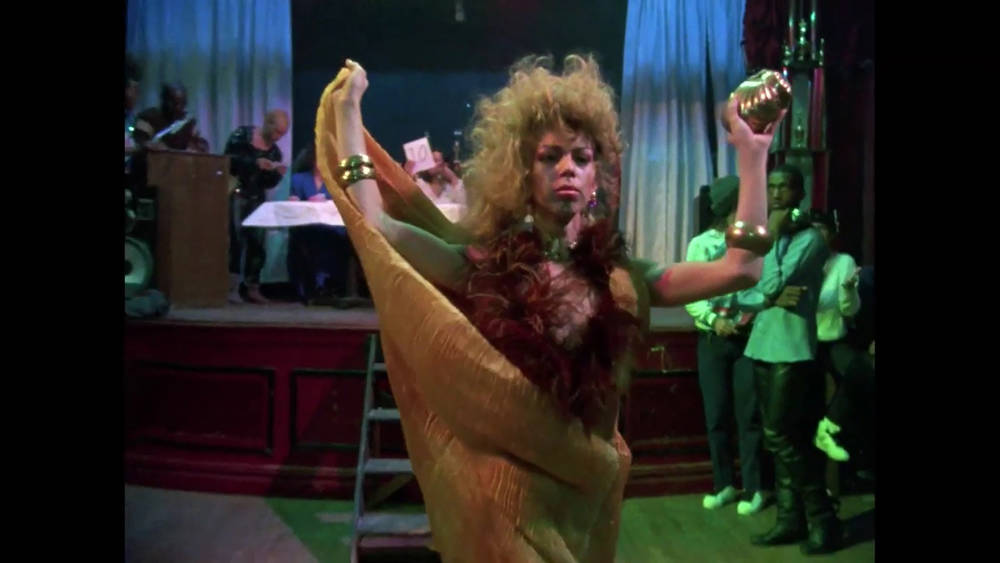
2. Possession (Andrzej Żuławskis, 1981)
Shot in West Berlin, the film “Possession” by Polish director Andrzej Żuławskis cannot easily be assigned to any common genre but might perhaps best be described as a kind of psychological horror drama. This cinematic tour de force begins with a separation; after Mark (Sam Neill) returns from a secret espionage mission his wife Anna (Isabelle Adjani) curtly informs him that she wants a divorce. Without further ado she leaves her husband and son to live with another man, or at least this is what Mark suspects. While the beginning could perhaps still be described as a classic relationship drama, “Possession” quickly develops into a story that becomes both increasingly bizarre and brutal, a story whose stunning visual impact is only surpassed by the abrasive and impressive performance of the female actors, above all Isabelle Adjani. Żuławskis, who wrote the script during a painful separation of his own, transfers the private battlefield to the horror film genre and transforms the emotional suffering into physical violence.
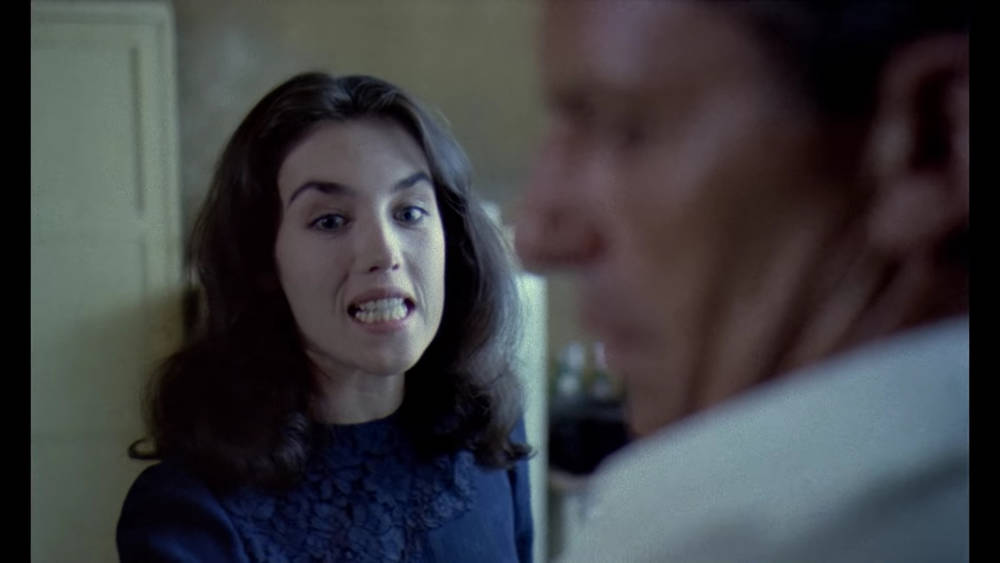
3. Ayneh (Jafar Panahi, 1997)
In Jafar Panahi’s film “The Mirror” (original title: “Ayneh”), released in 1997, the camera accompanies first-grader Mina (Mina Mohammad Khani) on her way home after school: The young girl waits in vain for her mother who normally collects her from school every day. When she fails to turn up Mina makes her way home, partly with the help of adults, partly relying on her own resources. Then roughly halfway through the film it takes a turn: Mina suddenly looks directly into the camera breaking the ‘fourth wall’ as it were, and announces that she doesn’t feel like acting in the film any more. At this point the audience gets to observe the entire film crew including the director Jafar Panahi, who subsequently try to persuade the young girl to shoot another scene. The action of the first half of the film is then repeated, but as a purported documentary. This clever move allows Panahi in “The Mirror” to develop the documentary parts of a film drama and conversely the dramatic elements of a documentation while he simultaneously offers viewers a glimpse of everyday life in Iran.
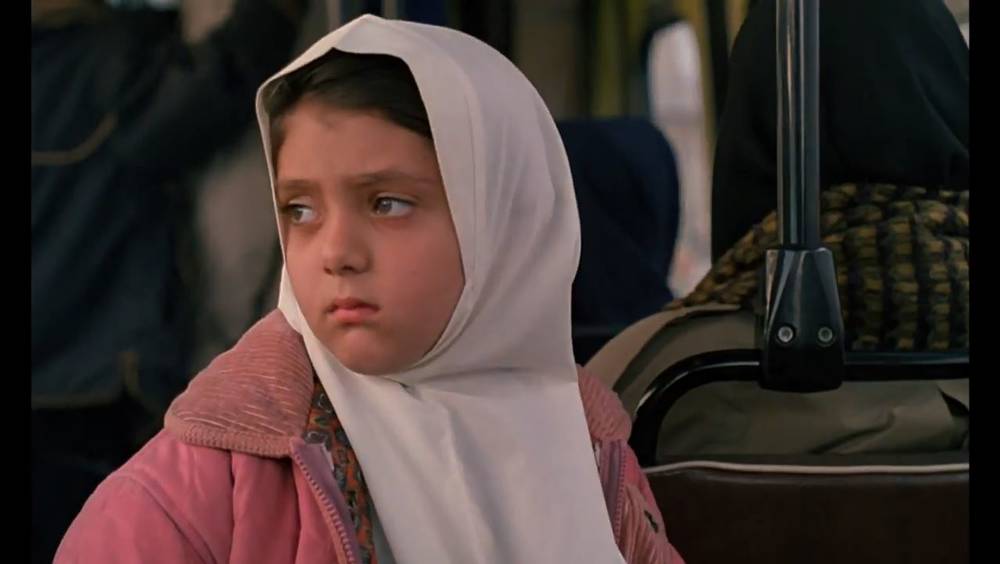
4. Celia (Ann Turner, 1989)
The psychologically complex drama “Celia” dating from 1988, and simultaneously the film debut of Australian director Ann Turner, unfolds around the nine-year-old Celia, who grows up in the 1950s in the Melbourne suburbs. In this part of the post-War period, with the politically heated mood and Communist hatred in Australia at the time, coupled with the increasingly uncontrollable explosion of the rabbit population, a personal drama unfolds: The young girl’s beloved grandmother dies. Not understanding the behavior of the adults and in particular her father Celia finds it increasingly difficult to distinguish between reality and fantasy; this promptly sets in motion a chain of events with serious consequences.
Not without good reason the film was described as a predecessor of sorts to Guillermo del Toro's “Pan's Labyrinth” whose fantasy parable about fascism explored the boundaries between a fairytale world and cruel reality. Unemotionally yet with a certain amount of sensitivity Turner shows us what Celia experiences and how she perceives her world. Ultimately, she develops her own personal take on the stresses of social reality and drifts ever deeper into a world of dreams.
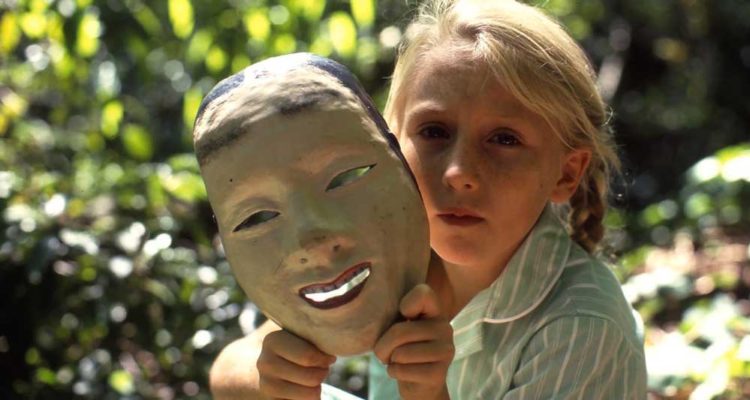
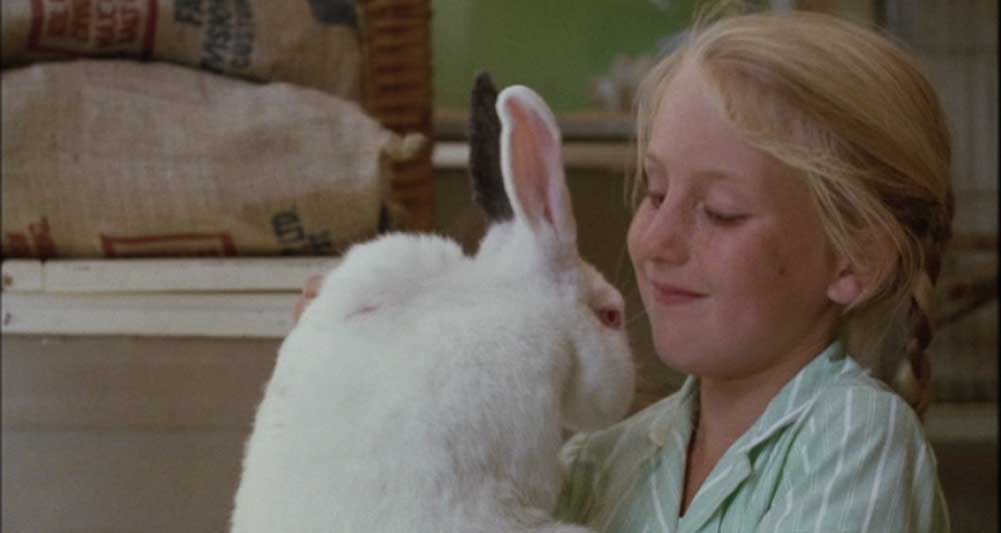
Ann Turner, Celia (Filmstill), 1989, Image via www.sensesofcinema.com
5. La Noire de… (Ousmane Sembène, 1966)
Ousmane Sembène’s film debut “La Noire de…” from 1966 is considered to be one of the first sub-Saharan films that was able to attract international attention. In a narrative characterized by flashbacks “La Noire de …” tells of the young Senegalese woman Diouana (Mbissine Thérèse Diop), who is employed by a rich French couple in Dakar initially as a nanny. When the couple finally returns home to Antibes, France they offer Diouana a job there working for them. However, the life that awaits her there is more like that of a servant rather than someone who looks after the children, who are never around anyhow. Instead, Diouana is expected to take on household duties, is presented to friends of the couple as an “exotic sensation” and increasingly bullied and pestered especially by the wife. While the couple is presented here acting like former colonial rulers who see Diouana more like an object than a person and treat her accordingly Sembène shifts the focus to his protagonist and her life both in Antibes and in Dakar as an active subject.

Ousmane Sembène, La Noire de...(Filmstill), 1966, Image via www.trigon-film.org
6. A woman under the influence (John Cassavetes, 1974)
Even more than 36 years after it was created the film “A woman under the influence” by American independent-director John Cassavetes that premiered in 1974 still leaves a lasting impression. Structured similarly to a play, the film relates episodes from the life of the couple Nick (Peter Falk) and Mabel Longhetti (Gena Rowlands): We accompany the family in longer scenes surrounding Mabel’s admission to a psychiatric clinic. In his film Cassavetes focuses in particular on the influence of social norms on the private life of the protagonists: Mabel Longhetti in particular finds it difficult to reconcile the normative roles assigned her of wife, mother, lover, daughter with the attendant expectations and is in danger of suffering some kind of breakdown. Far removed from any clichés Cassavetes sketches a kind of psychological sociogram yet remains full of empathy for his protagonists rather than presenting them like actors in a didactic play.

John Cassavetes, A Woman under the Influence (Filmstill), 1974, Image via mubi.com
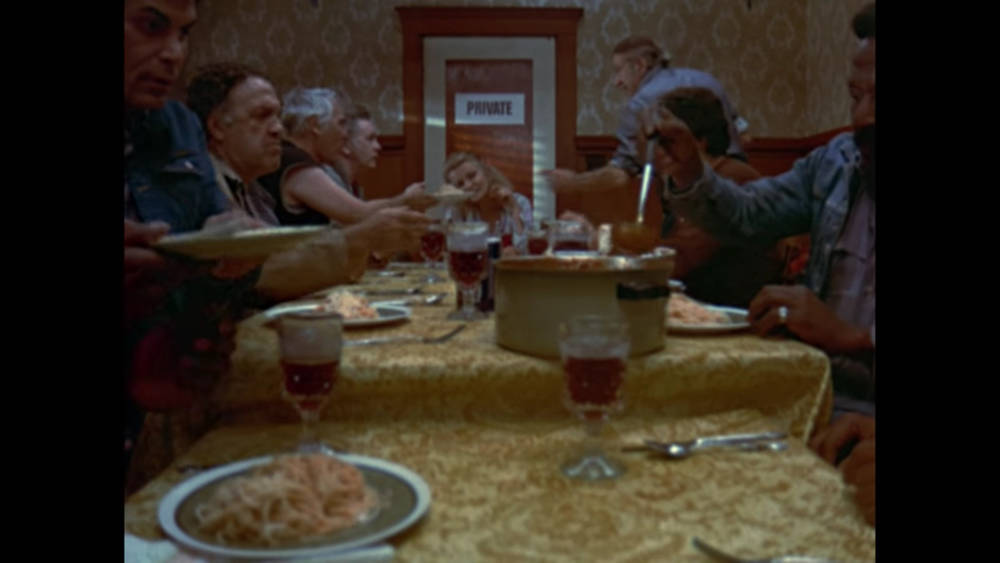
7. Hail the new puritan (Charles Atlas, 1987)
The fictionalized documentary “Hail the New Puritan” by US video artist and director Charles Atlas was first aired in 1986 on British television. The mockumentary presents 24 hours in the life of Scottish dancer and choreographer Michael Clark. We see the artist and his ensemble during preparations for the play “New Puritans”, fooling around with colleagues and friends, at press interviews, and follow him through London’s nightlife finally ending up back at the starting point, namely the loft where he lives and works. Supported by longer dance sequences largely accompanied by the music of Mark E. Smith and “The Fall”, his post-Punk band “Hail the New Puritan” develops an ecstatic maelstrom in which the bodies of the dancers seem to become direct vehicles of expression of themselves and abandon altogether the language level with its grammatical limitations.

Charles Atlas, Hail the New Puritan, 1987, Image via www.riffraff.ch
8. L’Eclisse (Michelangelo Antonioni, 1962)
Michelangelo Antonionis “L’Eclisse” from 1962 is the final movie in a trilogy that was preceded by “L’Avventura” (1960) and “La Notte” (1961). The film accompanies the young Vittoria (Monica Vitti), who at the start of the film ends her long relationship with Riccardo (Francisco Rabal). At Rome’s stock exchange, where her mother tries her luck with speculative trades, she gets to know the young stockbroker Piero (Alain Delon) and it is not long before a liaison begins.
However, Antonioni presents the main topics – an inability to love, isolation, and loneliness – not so much through dialogs as through camera work: In the richly contrasting images long shots of both classic and modern Roman architecture seem to convey the emotional states the protagonists are subjected to without being able to do anything about them. The new district “Esposizione Universale di Roma”, or EUR for short that fascist dictator Benito Mussolini had built from 1938 onwards and in which large parts of the film were shot is presented as a cold and abandoned place whose architecture reflects the isolation and loneliness of the protagonists that they never seem able to escape.
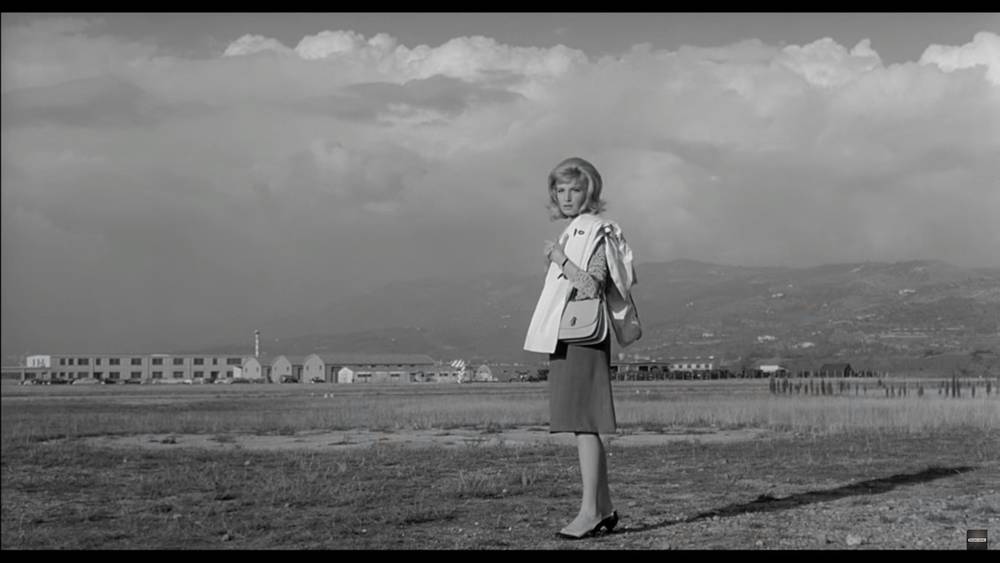
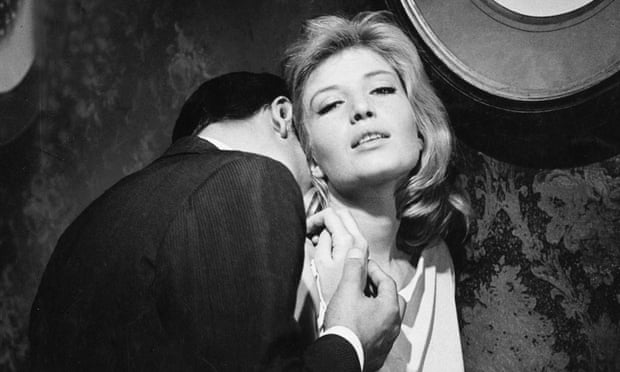
Michelangelo Antonioni, L’Eclisse (Filmstill), 1962, Image via www.theguardian.com
9. Bad Timing (Nicolas Roeg, 1980)
In the mystery “Bad Timing” Nicolas Roeg relates the love story and subsequent suffering of the young American Milena Flaherty (Theresa Russell) and psychoanalyst Alex Linden (Art Garfunkel). In brilliant and non-linear flashbacks, the film gradually reveals how his protagonist’s suicide attempt came about. The film was only shown in a few cinemas in 1980 and the production company “The Rank Organization” withdrew its famous logo from the final credits. It was summed up as being “A sick film by sick people for sick people.”. Despite its failed start in movie theaters “Bad Timing” would gain a certain cult status soon afterwards thanks to being shown frequently on TV while the home release version was not launched in the United States until 2005. With ambivalence and uncompromisingly Nicolas Roeg describes in “Bad Timing” a love story full of passion and obsession and dissects those mechanisms that make loving fondness turn into sexual obsession.
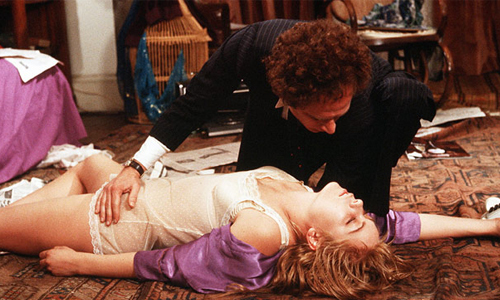
10. Beau Travail (Claire Denis, 1999)
Released in 1999, the movie “Beau Travail” by French director Claire Denis features very prominently on a fair number of critics’ lists of the best films of the 1990s. Taking as its subject a group of young legionnaires stationed on the Gulf of Tadjoura in the Republic of Djibouti it focuses on sergeant Galoup (Denis Lavant), who is completed devoted to being a soldier with heart and soul. Galoup fears that the arrival of the young recruit Gilles Sentain (Grégoire Colin) could not only threaten the tight-knit unity of his unit but also his own position and he decides to use all available means to get rid of the young soldier.
In this cinematic study about safety and alienation Denis shows in long, calm sequences the everyday life of the legionnaires and their exercises that she orchestrates like modern dance. In the homoerotic connotation intrinsic to the military, the male soldier’s body seems to be melancholy rather than toughened state property: It is hardly possible to comprehend what the purpose of the legionnaires is ; they seem to be more like a self-help than a state-organized group meant to facilitate the violent assertion of political goals.

Video Still from Beau Travail, Claire Denis, 1999, Image via blueprintreview.co.uk

Video Still from Beau Travail, Claire Denis, 1999, Image via: bfi.org.uk
Support your local video store
For all Frankfurt readers: Almost all films can be rented at VIDEO CITY.
